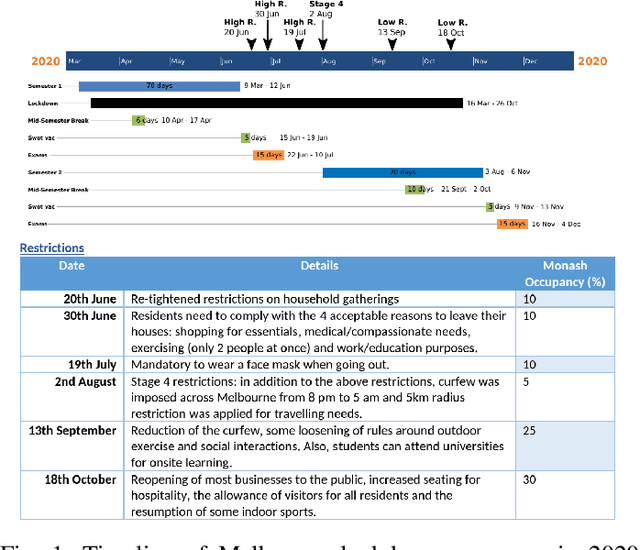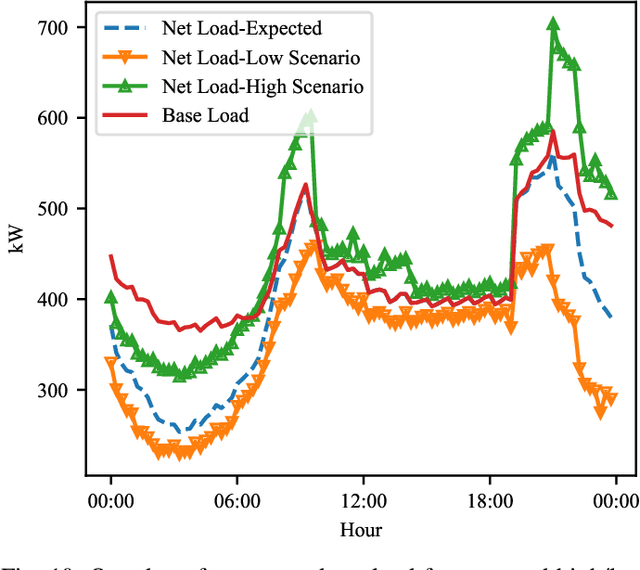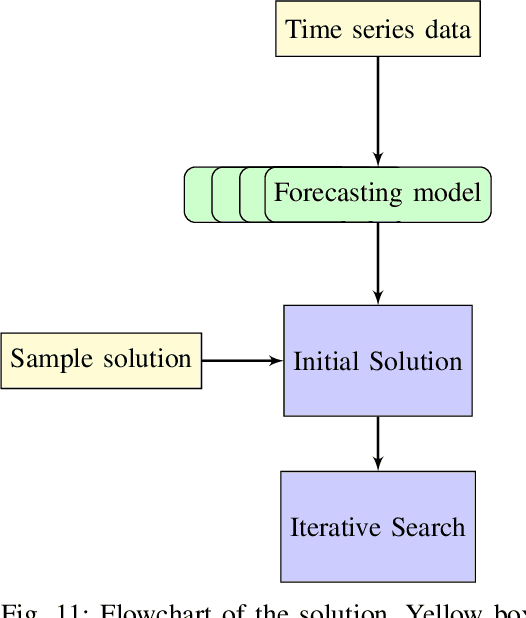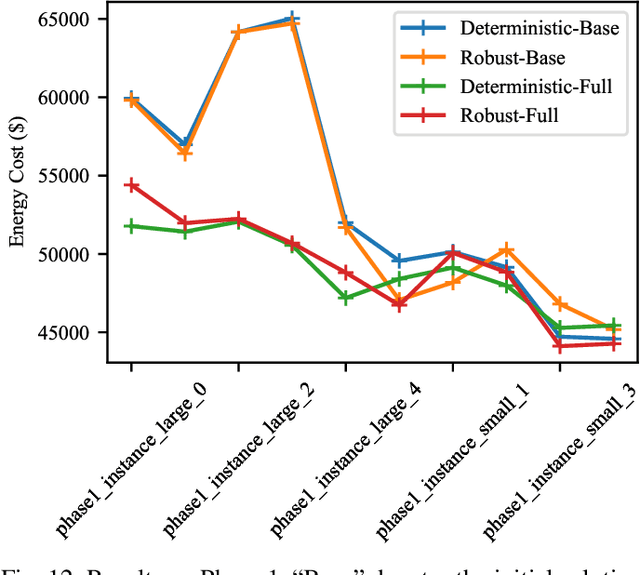Quang Bui
Scalable Probabilistic Forecasting in Retail with Gradient Boosted Trees: A Practitioner's Approach
Nov 02, 2023Abstract:The recent M5 competition has advanced the state-of-the-art in retail forecasting. However, we notice important differences between the competition challenge and the challenges we face in a large e-commerce company. The datasets in our scenario are larger (hundreds of thousands of time series), and e-commerce can afford to have a larger assortment than brick-and-mortar retailers, leading to more intermittent data. To scale to larger dataset sizes with feasible computational effort, firstly, we investigate a two-layer hierarchy and propose a top-down approach to forecasting at an aggregated level with less amount of series and intermittency, and then disaggregating to obtain the decision-level forecasts. Probabilistic forecasts are generated under distributional assumptions. Secondly, direct training at the lower level with subsamples can also be an alternative way of scaling. Performance of modelling with subsets is evaluated with the main dataset. Apart from a proprietary dataset, the proposed scalable methods are evaluated using the Favorita dataset and the M5 dataset. We are able to show the differences in characteristics of the e-commerce and brick-and-mortar retail datasets. Notably, our top-down forecasting framework enters the top 50 of the original M5 competition, even with models trained at a higher level under a much simpler setting.
Comparison and Evaluation of Methods for a Predict+Optimize Problem in Renewable Energy
Dec 21, 2022



Abstract:Algorithms that involve both forecasting and optimization are at the core of solutions to many difficult real-world problems, such as in supply chains (inventory optimization), traffic, and in the transition towards carbon-free energy generation in battery/load/production scheduling in sustainable energy systems. Typically, in these scenarios we want to solve an optimization problem that depends on unknown future values, which therefore need to be forecast. As both forecasting and optimization are difficult problems in their own right, relatively few research has been done in this area. This paper presents the findings of the ``IEEE-CIS Technical Challenge on Predict+Optimize for Renewable Energy Scheduling," held in 2021. We present a comparison and evaluation of the seven highest-ranked solutions in the competition, to provide researchers with a benchmark problem and to establish the state of the art for this benchmark, with the aim to foster and facilitate research in this area. The competition used data from the Monash Microgrid, as well as weather data and energy market data. It then focused on two main challenges: forecasting renewable energy production and demand, and obtaining an optimal schedule for the activities (lectures) and on-site batteries that lead to the lowest cost of energy. The most accurate forecasts were obtained by gradient-boosted tree and random forest models, and optimization was mostly performed using mixed integer linear and quadratic programming. The winning method predicted different scenarios and optimized over all scenarios jointly using a sample average approximation method.
 Add to Chrome
Add to Chrome Add to Firefox
Add to Firefox Add to Edge
Add to Edge